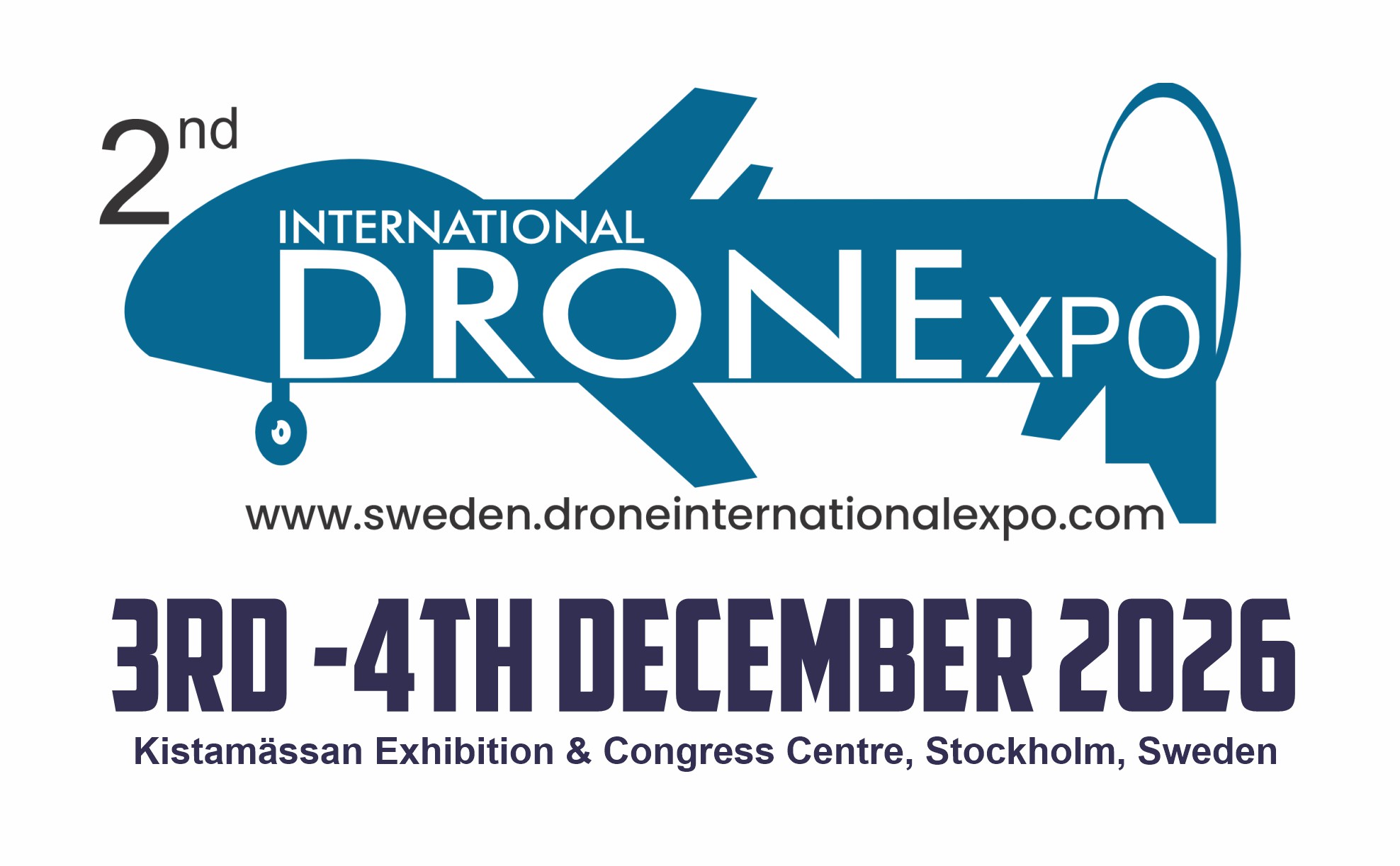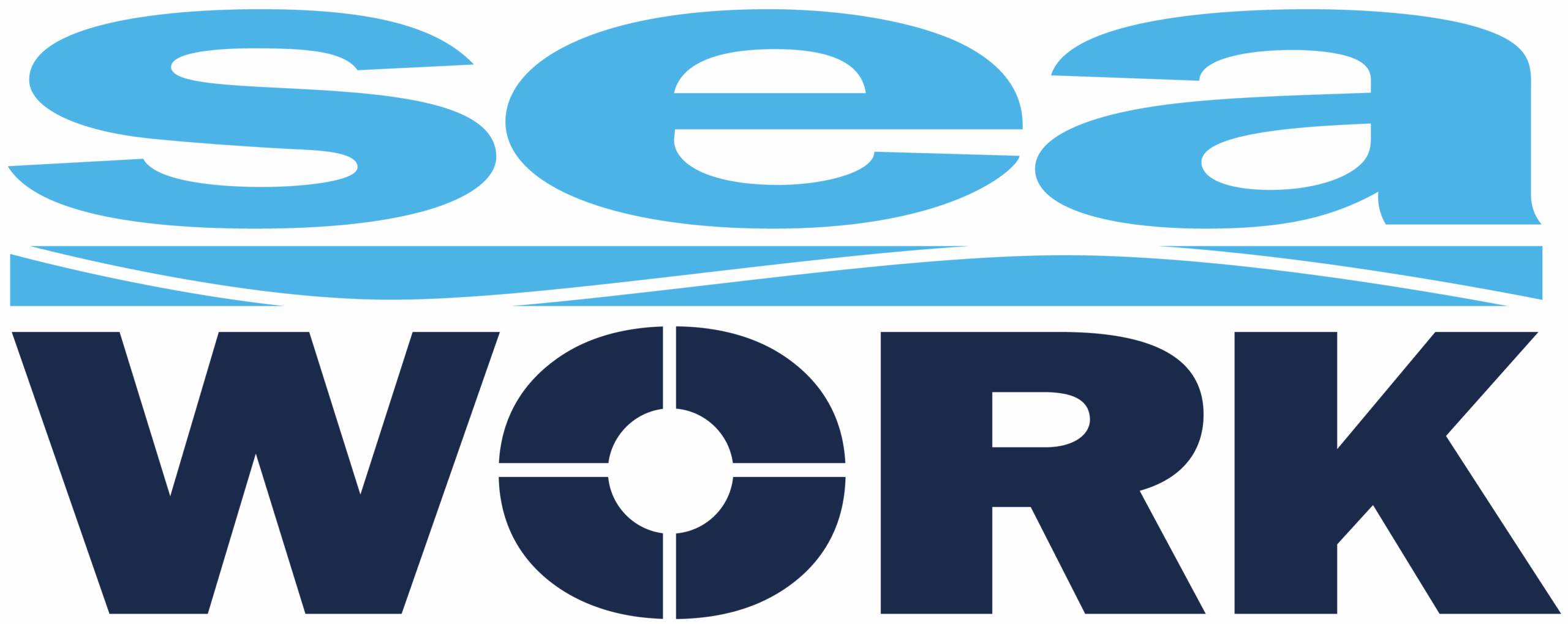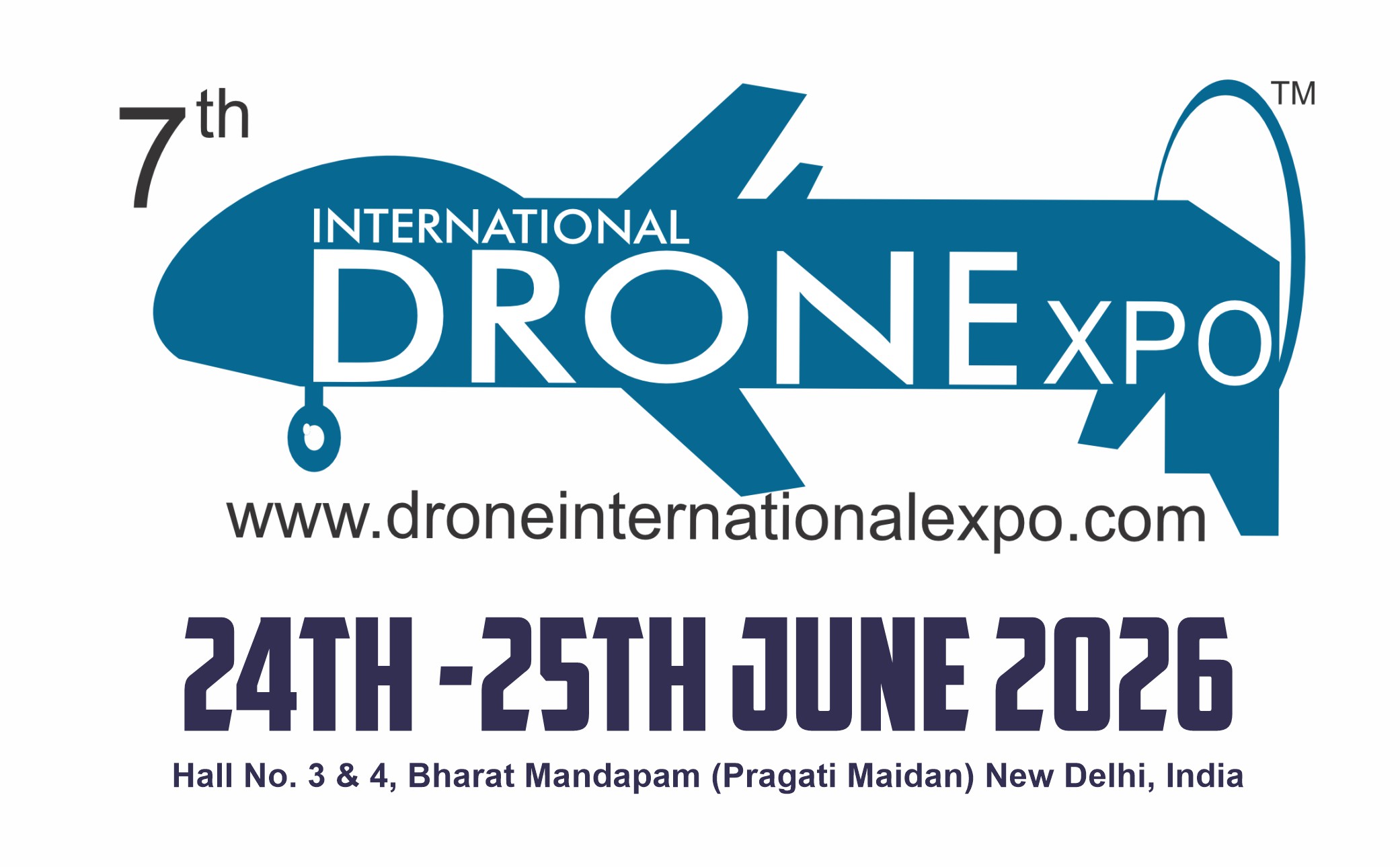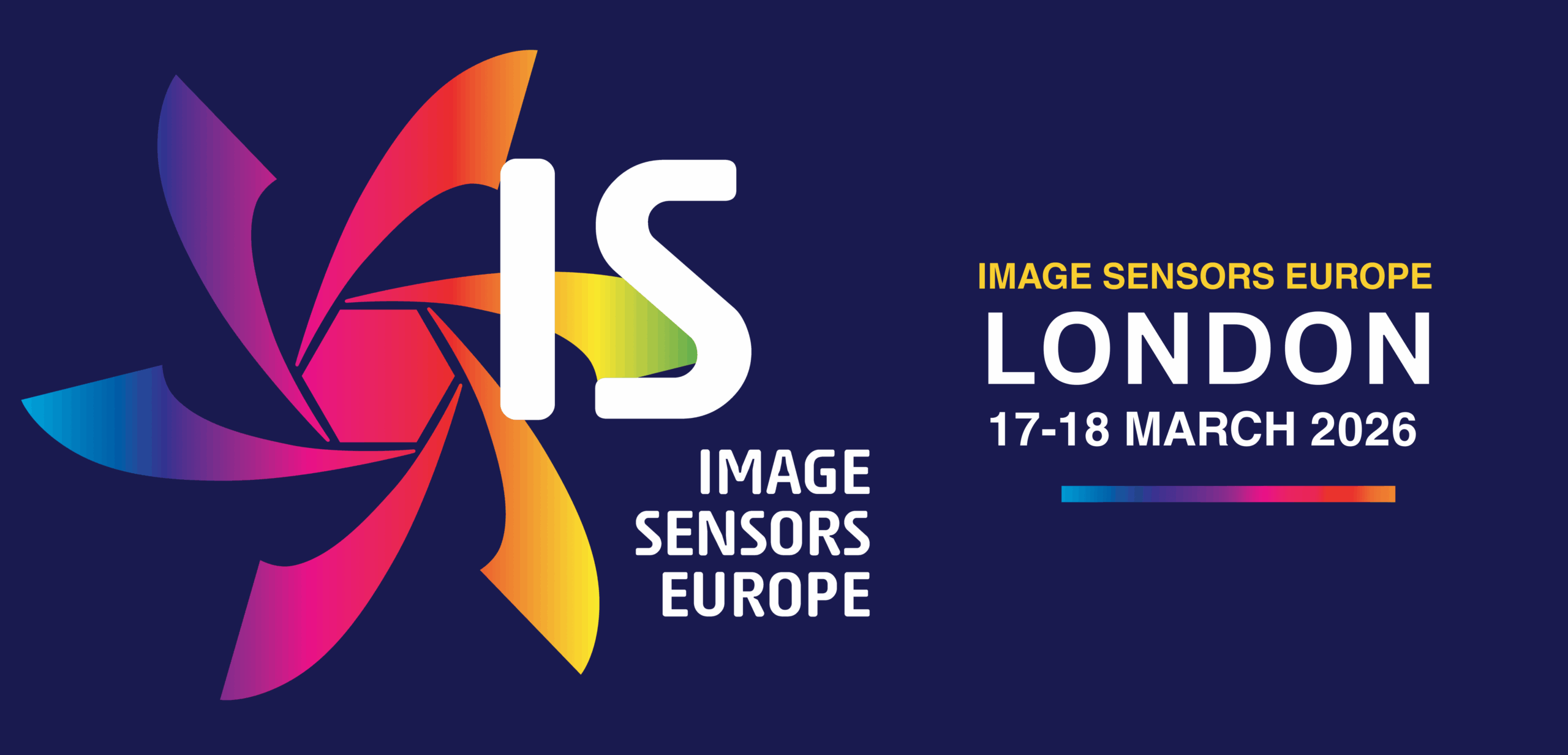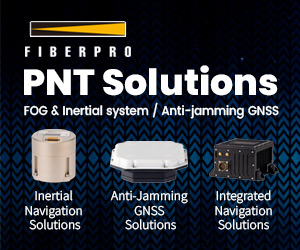Uncrewed space vehicles
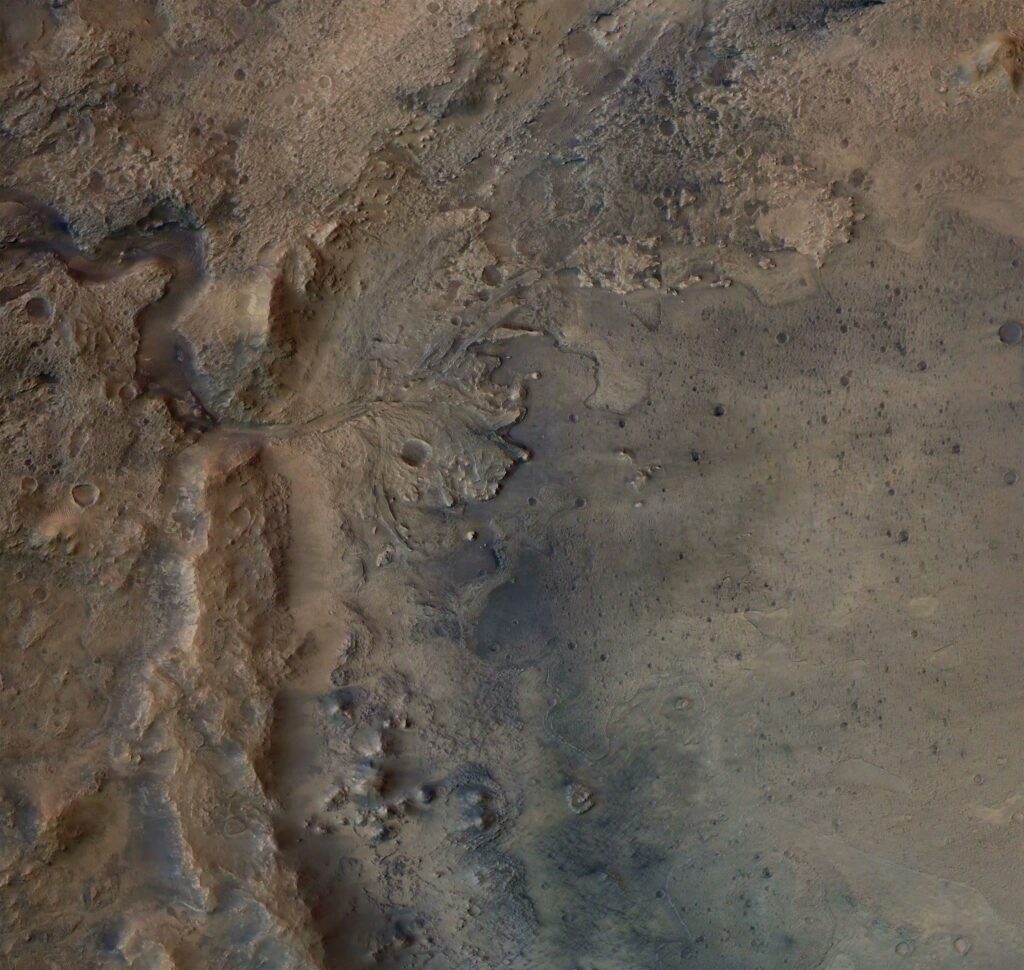
(Image courtesy of ESA, DLR & FU-Berlin)
Stellar neighbourhood
Near-Earth space is bustling with activity, as scientists, astronauts, governments and military chiefs eagerly populate orbital regions with tools vital to humanity’s various interests. Rory Jackson investigates
Uncrewed systems have long paved the way for humanity’s understanding of our Solar System and our universe, from Sputnik’s launch in 1957 to the Voyager probes now exploring interstellar space beyond the Sun’s heliosphere.
As humanity prepares plans for colonisation of planetary bodies near the Earth, missions on the Moon and Mars are continuing. NASA’s uncrewed Perseverance rover, for instance, has found organic-carbon-bearing mudstones in Mars’ Jezero Crater that are consistent with the earliest signs of life on Earth, and are thus indicative of past microbial life on Mars (as published in the scientific journal Nature, Vol 645, in September 2025).
Ever the multi-mission UGV, Perseverance is today exploring new frontiers of Mars that its operators believe contain evidence of the planet’s early geological history. In the first week of September 2025, the rover entered a region of terrain called ‘megabreccia’, meaning chaotic mixtures of rock fragments potentially created by impacts from asteroids eons ago, and which may be the oldest pieces of rock and crustal material that the 1025 g, autonomous electric vehicle will ever encounter. Consequently, they may show Earth’s scientists just how much water – and other substances – were present on ancient Mars, prompting the next chapters in the hunt for past life on the Red Planet.
While Perseverance continues its solitary exploration work – following the loss of the Ingenuity helicopter UAV in January 2024 – the regions of space surrounding Earth are bustling with uncrewed activity. Humankind is increasingly extending its research, logistics, surveying and telecommunications industries beyond land and sky, and several missions and projects are underway that are worth taking note of, for what they mean for the future of near-Earth space.
Orbital research
Today, a great many human-built structures and vehicles orbit Earth, from the International Space Station (ISS) to the many thousands of artificial satellites sending scientific, navigational, meteorological, communication and other data back to humans on the ground.
All of them are subject to various potentially harmful spatial hazards, such as space junk, micrometeoroids, temperature extremes and cosmic radiation. These threats and others will continue to pose a risk to greater human exploration and settlement of the Solar System, unless better understood and consequently mitigated.
As a vital step forward in this regard, NASA launched two uncrewed spacecraft earlier this year, as part of the TRACERS (Tandem Reconnection and Cusp Electrodynamics Reconnaissance Satellites) project, to study ‘magnetic reconnection’, the process by which energy from the solar wind enters near-Earth space.
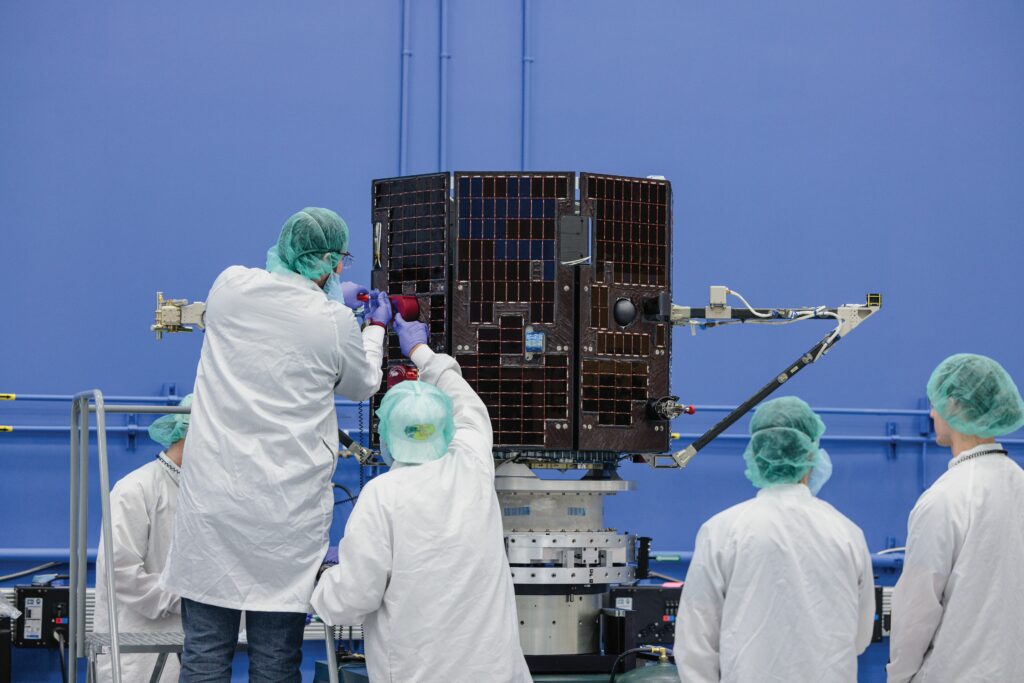
(Image courtesy of Millennium Space Systems)
The two spacecraft, designed and built by Colorado-based Boeing subsidiary Millennium Space Systems, are slated to fly through a polar cusp in Earth’s magnetic field; there, solar wind is funnelled into the atmosphere, and the rates and changes in magnetic reconnection can be directly observed. Through the two identical uncrewed vehicles’ payloads, including several different magnetic field analysers, an ion analyser and an electron analyser, scientists should come to understand space weather more closely (including its impacts on both orbital and terrestrial infrastructure) and how the Sun imparts energy and mass into the space surrounding Earth.
Each of the twin spacecraft is octagonal in shape, just under 440 lb (200 kg) in weight, and measures about 95 cm tall and 132 cm wide, with solar cells covering most surfaces. The pair, designated Space Vehicle 1 (SV1) and Space Vehicle 2 (SV2), was launched from Vandenberg Space Force Base in July 2025 as a primary rideshare payload on one of SpaceX’s Falcon 9 rockets, following conclusion of tests at Millennium Space Systems’ Small Satellite Factory the month prior.
As of writing, communications had been momentarily lost but regained with SV1, with a view toward getting its 12 month research mission back on-track and commencing scientific operations; SV2 meanwhile has proceeded as planned, with in-orbit commissioning expected very soon.
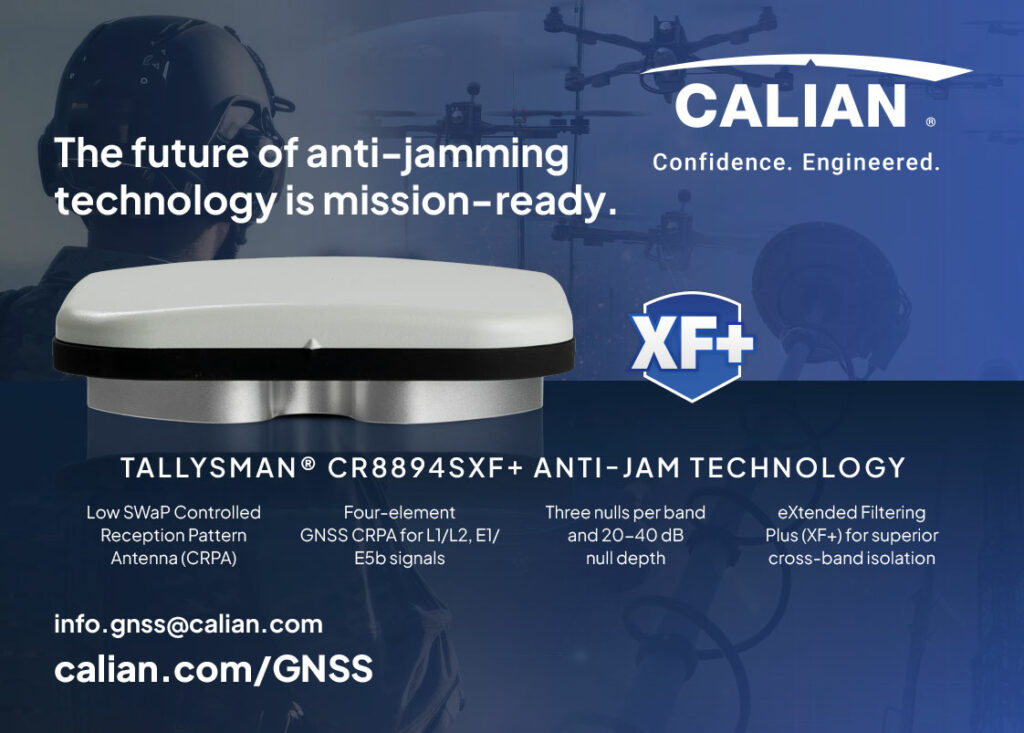
Meanwhile, as of September 2025, three more uncrewed systems have been launched (also by riding a Falcon 9) and directed toward their eventual orbital positions roughly a million miles from Earth at Lagrange Point 1, to study further qualities of space weather.
The IMAP (Interstellar Mapping and Acceleration Probe) orbiter is equipped with 10 payload instruments to study how the Sun’s energised particles come together to form the solar wind, and how that solar wind interacts with our Solar System’s protective heliosphere. The data gathered by the 900 kg IMAP spacecraft are expected to improve humankind’s understanding of cosmic radiation and space weather, not to mention their effects on the planet and both crewed and uncrewed systems off-world.
Additionally, NASA’s Carruthers Geocorona Observatory is a small space telescope intended for studying the shape, size and density of the Earth’s exosphere (our outermost atmospheric layer), and what drives changes in these parameters. The exosphere is a critically important region where space weather meets the atmosphere, and where UV light is absorbed and re-emitted to form Earth’s ‘geocorona’. Carruthers is tasked with mapping how the geocorona responds to space weather, closely measuring their relationship over time and thus helping determine how space weather events shape the outer limits of Earth’s atmosphere.
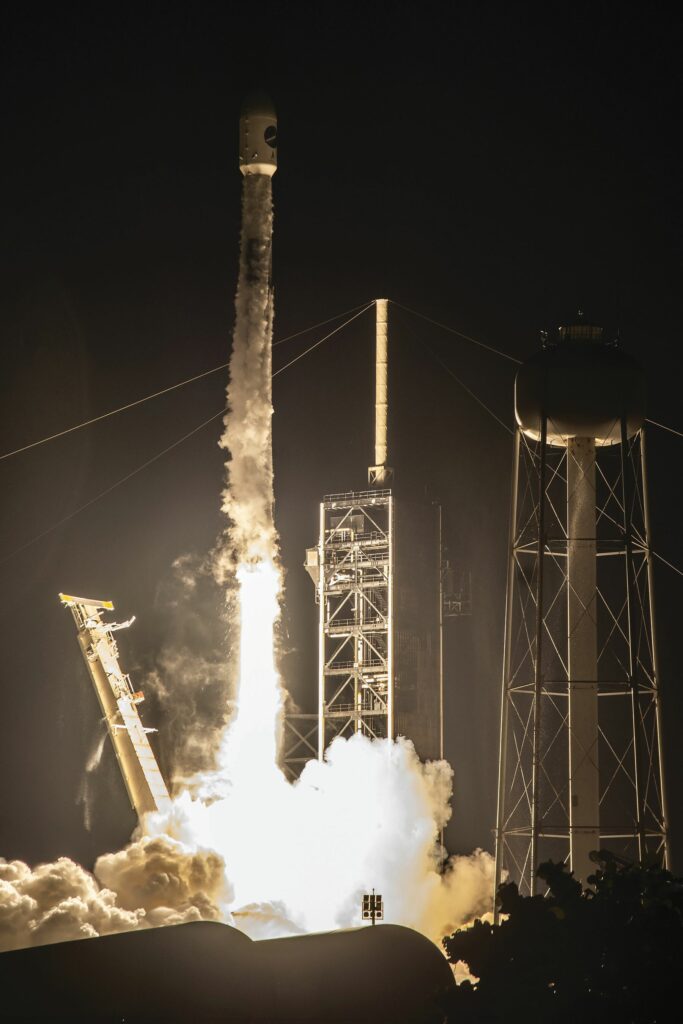
(Image courtesy of Boeing)
Lastly, the SWFO-L1 (Space Weather Follow On – Lagrange 1) spacecraft from NOAA integrates a special solar telescope for studying the Sun’s activity, and will simultaneously perform real-time monitoring of the solar wind using a plethora of additional payload instruments. With these and real-time telemetry being delivered back to the surface, it will effectively function as an early warning system for space weather events that stand to adversely affect industries and communities on Earth.
And while such single-use satellites represent a great boon for orbital research, Boeing recently launched its X-37B spacecraft on its eighth mission, less than six months after completing its seventh. The uncrewed space shuttle took off from Cape Canaveral in August 2025 (again, by way of a Falcon 9), carrying several technology demonstrator devices from partner organisations; a laser communications system and a quantum inertial sensor were among those experimental solutions to be trialled and researched by the X-37B and its remote crew for deployment in future orbital operations.
Space station resupply
Given the cost of launch missions, which remains high despite wider access to rockets that are extensively or partially reusable, advancements in logistics technologies for orbital and lunar missions are of vital import.
To that end, Sierra Space is closely anticipating the maiden launch of Tenacity, the first of its Dream Chaser space shuttles. Dream Chaser Tenacity (also designated DC101) is expected to fly a first demonstration mission to and from the ISS by the end of 2025, and through its eventual fleet of completed Dream Chasers, Sierra Space plans to fulfil its Commercial Resupply Services 2 contract from NASA to provide at least seven uncrewed resupply missions between Earth and the station.
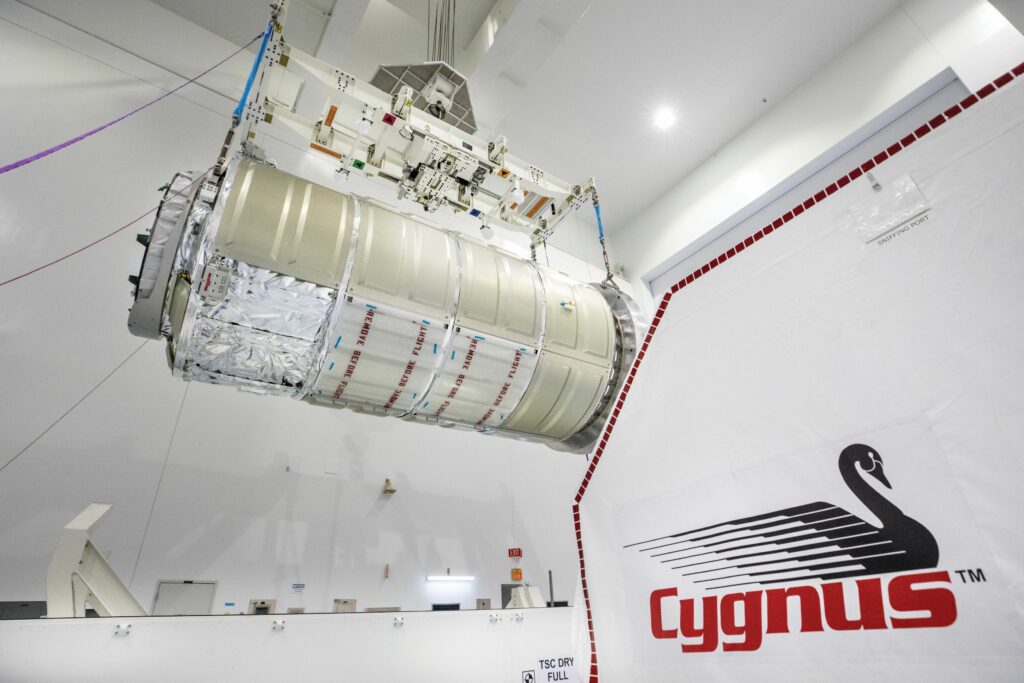
(Image by Cory S Huston, courtesy of NASA)
The spacecraft has been built as a 9 m long vessel, and with its optional Shooting Star cargo module (also designed and built by Sierra Space) attached, up to 8000 lb (3628 kg) of cargo may be carried within a pressurised space of 33 m3. Additional unpressurised payload mounting points are available that bring the total cargo capacity on each Dream Chaser to above 6 tons (5.44 tonnes).
In further commercial resupply news, a plethora of new cargo and scientific instruments for the ISS have been launched onboard a Northrop Grumman Cygnus XL for the first time, as part of that aerospace and defence prime’s CRS-23 contract with NASA.

The Cygnus XL is Northrop Grumman’s latest creation for maximising uncrewed, solar-powered cargo deliveries, ferrying up to 5000 kg per mission through its 3.5 kW power output, its hydrazine based-thrust system and its triple-junction solar cells, the latter of which deployed on September 14, 2025.
The system was successfully captured by the ISS’s astronauts on September 17, with several dozen research experiments carried alongside its provisions. Those include equipment slated for production of semiconductor crystals and pharmaceutical crystals in space, for developing improvements to cryogenic fuel tanks and for use of specialised UV light to prevent microbes from growing in water systems.
Among the former experiments, the ISS’s microgravity environment is anticipated to help enable large-scale fabrication of complex materials. Hence, utilising the station for crystal production may lead to next-generation semiconductor technologies with higher performance, chip yield and reliability – as well as enhanced crystalline structures in drug molecules – compared with those produced under the hindrances of Earth’s gravity.
The systems carried by the uncrewed Cygnus XL may therefore spell potentially limitless industrial opportunities in future space installations, afforded by the advantages of zero-gravity manufacturing, followed by orbit-to-Earth shipments of finished products.
To date, Cygnus’ predecessor (and namesake) spacecraft have successfully disposed of 91,000 lb (41,277 kg) of ISS waste over 18 successful missions, with astronauts loading them with their refuse and then the Cygnuses autonomously engaging in destructive re-entries to safely incinerate themselves and their trash in Earth’s atmosphere, alongside their collective delivery of 130,000 lb (58,000 kg) in supplies. Thus, it is not unfeasible that the various uncrewed reusable spacecraft currently available, such as SpaceX’s rockets, the X-37B or the Dream Chasers, may one day provide – or lead to more cost-efficient successor spacecraft designs that provide – such earthbound freight deliveries.
Satellite connectivity
Although the vast majority of global data transmissions happen via undersea cables, and UAVs are rising in prominence as comms relays (both in emergency situations and longer-term deployments for persistent 5G coverage in select regions), satellites remain a vital tool for comms in maritime zones, disaster relief efforts, remote land areas and key mobile connectivity situations.
Because of this, many comms satellites continue to be delivered worldwide, by satcom manufacturers such as the Boeing company. For instance, in July 2025, the US group delivered its ninth and tenth O3b mPOWER satellites to global content and network provider SES, with those satellites then being launched from Kennedy Space Center later that month.
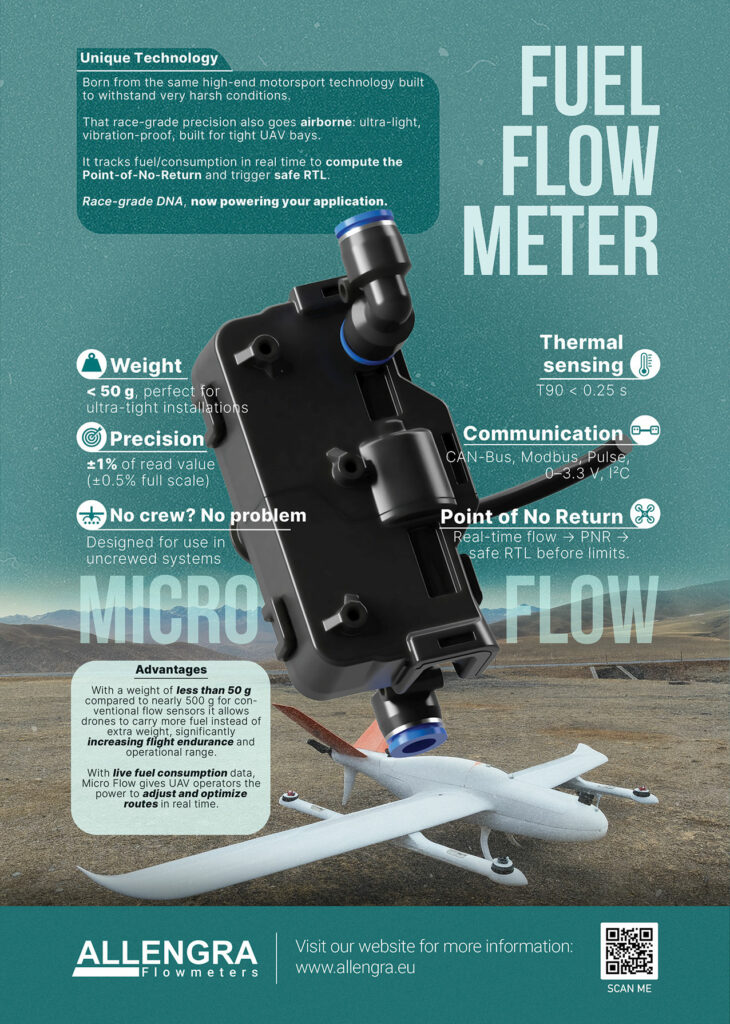
Each 1700 kg O3b mPOWER spacecraft integrates Boeing’s software-defined payload technology and spot beams that can be steered, shifted and scaled in real time for actively allocating power to use-case requirements, enabling them to provide terabits of connectivity for military users, disaster aid crews, and cruise ship or aircraft passengers globally.
Additionally, Boeing has been given a $2.8bn contract for the Evolved Strategic Satellite Communications (ESS) program under the US’s nuclear command, control and communications (NC3) architecture, initially for two spacecraft and potentially an additional pair thereafter.
The ESS satellites are expected to enable greater reliability, capacity and overall resilience than present-day orbital strategic comms satellites in the face of threats like jamming becoming increasingly real for modern defence forces.
Technologies previously developed by Boeing for Wideband Global SATCOM 11 and 12 satellites, as well as the O3b mPOWER constellation, are set for use in ESS, as well as flexible and resilient signals intelligence to mitigate hostile interruption or interception attempts.
Summary
Come 2030, the ISS is set to be de-orbited, bringing an end to an era of humanity’s relationship with space, and of a symbol of unity across borders and rivalries in the name of discovery.
However, the stage is increasingly set for a number of private organisations to contribute replacement and complementary crewed stations once the ISS is laid to rest. These companies are well stocked with engineers tasked with bringing creativity and cost-reductions to human colonisation of space.
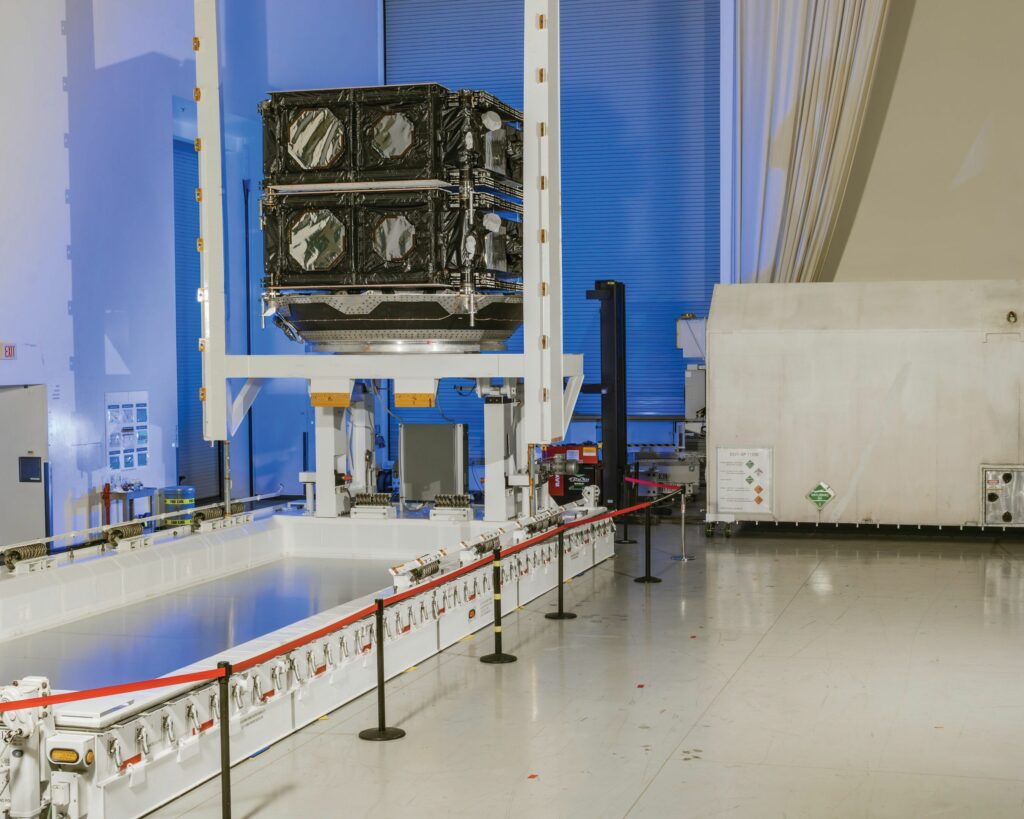
(Image courtesy of Boeing)
This new, rapidly growing and highly competitive private space industry – known among many of its members as the ‘NewSpace’ industry – is marked by its collective dedication to reusability and efficiency, likely meaning more uncrewed rockets and shuttles going forward.
Additionally, given the great investments each company makes, and the wish to avoid sunk costs or over-reliance on potentially rival nations, there is growing likelihood that multiple governments will sponsor multiple NewSpace stations.
Multiple crewed orbital habitats will mandate multiple autonomous resupply networks, space weather monitoring infrastructure, comms satellites and potentially security vessels.
If this young industry grows as its observers expect, a fount of new leaders in uncrewed spacecraft should be expected as 2030 – and the new ‘gold rush’ of establishing space businesses – approaches.
UPCOMING EVENTS


